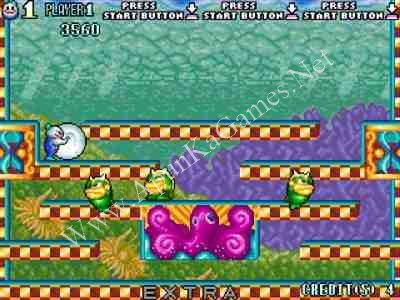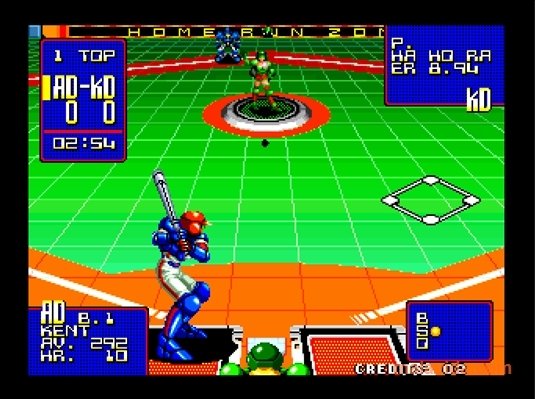



Interface: The software consists of a rudimentary user interface, that when the user is in arcade game cabinets and home theaters necessitates special launcher applications called front ends with more advanced user interfaces. The software has pioneered the reverse engineering of many undocumented system architectures, various CPUs (such as the M6809-derivative custom Konami CPU with new instructions) and sound chips (for example the Yamaha FM sound chips), and MAME developers have been instrumental in the reverse engineering of many proprietary encryption algorithms utilized in arcade games. An implementation for a flexible timer system to coordinate the synchronization between multiple emulated CPU cores and ROM images that have started to load according to them CRC32 hash in the ZIP files were stored in.

Features of MAMEĪrchitecture: The software’s architecture has been extensively improved over the years with full support for both raster and vector displays, as well as multiple CPUs and sound chips which are added to the software in the first six months of the project. Video gaming blog Joystiq has listed MAME as an application that every Windows and Mac gamer should have. This emulation is considered "a nice side effect" by both critics and gamers all over. The software was released in February 1997, and the intention of this software was to preserve gaming history by helping the vintage games from being lost or forgotten by emulating the inner workings of the emulated arcade machines which give users the ability to actually play the games. MAME, full-formed as Multiple Arcade Machine Emulator, is a free, open-source game emulator designed to recreate the hardware of different kind of arcade game systems in software which can be run on modern personal computers and other gaming platforms.


 0 kommentar(er)
0 kommentar(er)
